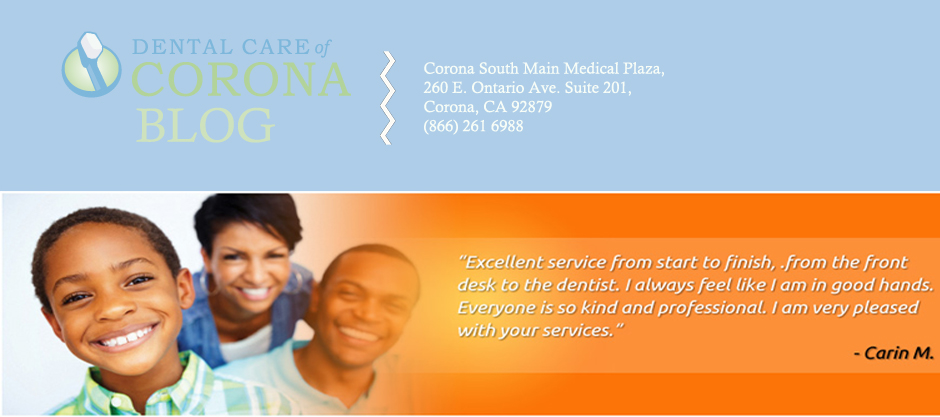If you are literally biting off more than you
can chew, you could be causing damage to your TMJ.
Your temporomandibular joint is a joint that rotates,
slides, and is located in the front of the ear. This consists of the mandible,
which is the lower jaw, and the temporal bone on the side of your skull.
Your chewing muscles connect your lower jaw
to your skull to allow you to open and close your mouth and move your jaw
sideways and forward. However, if you have had an injury, grind your teeth, or experienced
some other trauma to your jaw joints, you may be dealing with TMD or temporomandibular
joint disorder. Your dentist explains
that much of the discomfort is caused by an overuse of the TMJ muscles,
including taking bigger bites than you should.
These days most people are in a hurry, and if
you are taking big bites when you eat so that you can finish quickly, you could
be asking for trouble. Those fast food restaurants that advertise giant sandwiches
and burgers to sell more food are often larger than your mouth, which could
contribute to problems with your temporomandibular joint.
According to the AGD, or the Academy of
General Dentistry, people who suffer from TMD are really at risk. TMD restricts
the range of what is acceptable when it comes to bite size. People who have temporomandibular
joint disorders should avoid taking too big a bite or opening too wide. Taking
big bites can actually aggravate the condition.
If you have TMD, you could be suffering from
some or more of these signs and symptoms:
- Jaw soreness or pain in the late afternoon or morning
- Pain in your jaw when you yawn, bite, or chew
- Clicking or popping sounds when you open and close your mouth
- A stiff or locked jaw when you close and open your mouth, eat, or yawn
- Sensitive teeth when you do not have dental problems
- An earache when no infection is present
Temporomandibular joint disorders can be
helped but must be diagnosed first. Your doctor or dentist will be able to
determine if you are having problems with your temporomandibular joint.
If you would like more information regarding temporomandibular
joints and temporomandibular joint disorders, call or click and schedule an
appointment with your dentist today.
